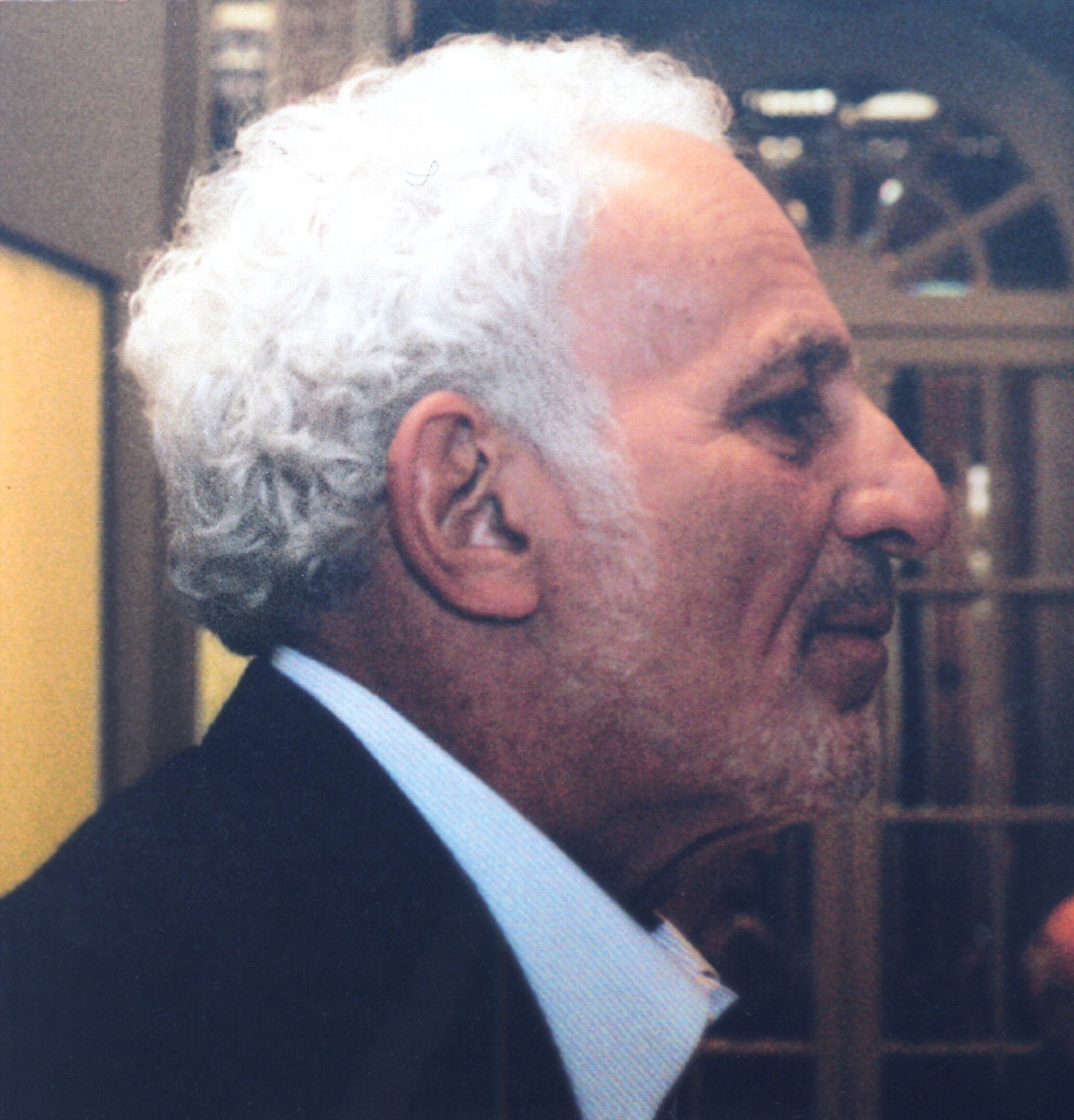Classical Film Finds Itself on Analyst's Couch
The Swedish filmmaker Ingmar Bergman was one of the great filmmakers of the 20th century, Ira Konisberg, Ph.D., a professor emeritus of film at the University of Michigan and a psychoanalytically informed film scholar, contends. Many other film scholars and film buffs agree with him.
That is why Konisberg focused on Bergman and his films at the winter meeting of the American Psychoanalytic Association in New York City, during a session on film and psychoanalysis.
Bergman did not rely on special effects or spend much money to produce his films, Konisberg reported. The loftiness of his films is due almost entirely to his sensitivity and vision. And one of his most powerful films is“ The Seventh Seal,” Konisberg declared. “Where were you when you first saw this film? I certainly remember where I was. It changed the way I view films forever.”
The storyline of “The Seventh Seal,” which was released in 1956, is rather simple, he said. Knight Antonius Block and his squire, Jons, return to Sweden after making a crusade to the Holy Land. A plague is ravaging Sweden. At first Block manages to fend off death from the plague by playing chess with the figure Death. Block also manages to distract Death so that a young couple, Mary and Joseph, and their little boy can escape the plague. Yet Death ultimately beats Block at chess, and Block dies from the plague.
The film, however, is vastly deeper than this simple storyline suggests, Konisberg stressed. All of the characters are allegorical figures. Block is an ascetic; Jons is a cynic; and Mary, Joseph, and their child represent Mary, Joseph, and Jesus—an impulse for life and a life of love. And these three are saved, just as Mary, Joseph, and Jesus were saved from King Herod during their flight into Egypt.
There is also a powerful discussion in the film about the relationship between religion and art, suggesting that Bergman may have considered artistic vision an answer to existential anguish, Konisberg pointed out.
Whereas Freud viewed people as being driven by sexuality, “The Seventh Seal” implies that it is death—not sexuality—that drives people, Konisberg said. In other words, it suggests that life is a journey, a game, with death being the endpoint.

Bruce Sklarew, M.D., is associate editor of a new journal on films, Projections: The Journal for Movies and Mind.
Credit: Joan Arehart-Treichel
Furthermore, the film contains sadism and masochism in the burning-of-the-witch scene, noted Bruce Sklarew, M.D., of Chevy Chase, Md., chair of the workshop at which Konisberg spoke.
In a way, Konisberg suggested, the film actually constitutes Bergman's own psychoanalysis. Bergman, like Block, spent his life seeking answers. Two of the film's scenes—the burning-of-the-witch scene and a flagellation scene—suggest that Bergman identified organized religion with suffering, and the reasons why he did so may well have been because his father was a Lutheran minister who was authoritative and wrathful. And having been sickly as a child, Bergman feared death.
So why does “The Seventh Seal” still impact viewers so powerfully half a century later? “Somehow Bergman taps into a societal-cultural kind of psychology” that is timeless, Konisberg proposed. “Our own fear of death is what we experience in this film.”
Nonetheless, the film's impact on viewers is undoubtedly influenced by the world in which they are living, he indicated. For instance, “We live in a time of terror, which makes the film, which has to do with the plague, especially timely now.”
Konisberg is the editor and Sklarew is the associate editor of a new interdisciplinary, peer-reviewed journal titled Projections: The Journal for Movies and Mind. The journal explores ways in which recent advances in fields such as psychoanalysis, cognitive psychology, neuroscience, genetics, and evolution help to increase people's understanding of film and how film itself facilitates investigations into the nature and function of the mind.
“Films in general open up a kind of regression that strips us of our defenses,” Konisberg observed.
More information about Projections: The Journal for Movies and Mind is posted at<www.journals.berghahnbooks.com/proj>.▪



